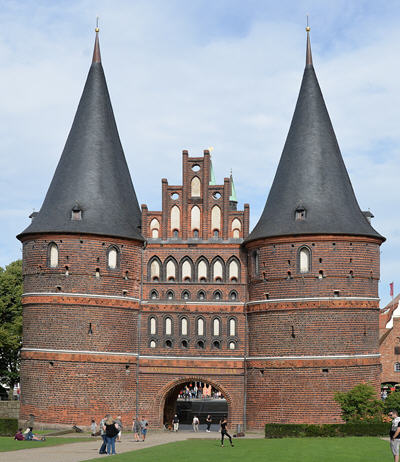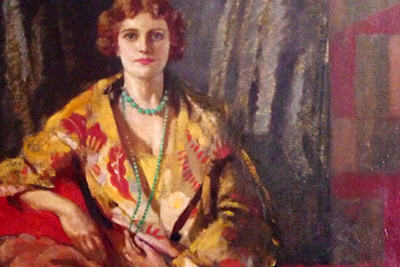More than just buns: Eating out in Georgian London
The All Saints Church, Dahlem and Zoom-Meeting Hüttenweg 46, BerlinGeorgians of all classes dined out in pubs, coaching inns, French ordinaries and confectioners. They also ate all kinds of street food and had an almost insatiable appetite for buns. On a journey through London we will discover the early morning drinks consumed on the street before dawn, ‘nunchions’ served at coaching inns, Billingsgate dinners, confectioners’ cakes, syllabubs and ices, the proverbially thin ham dished up to diners at Vauxhall Pleasure Gardens, as well as the Jewish takeaway foods of the East End and even London’s first ‘Indian’ restaurant.






